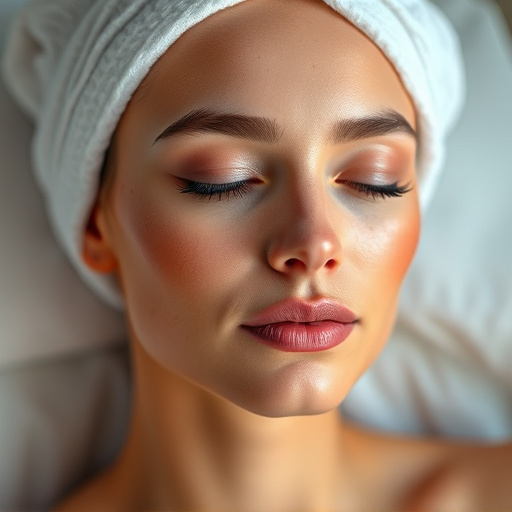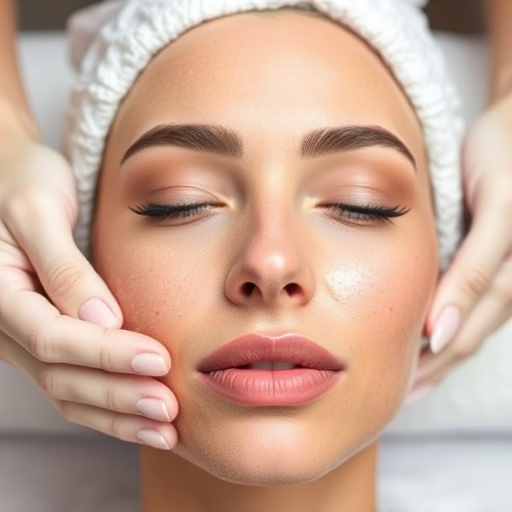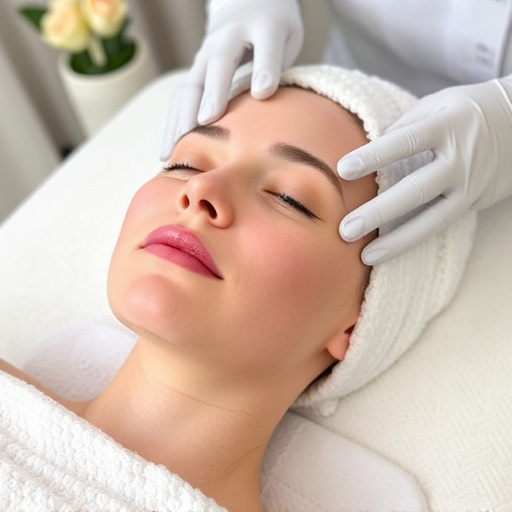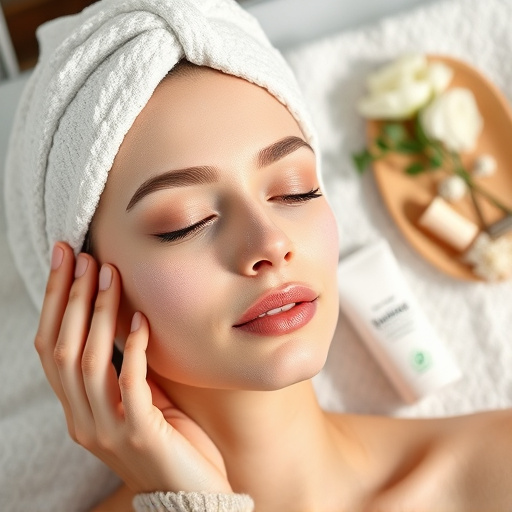Individual skin type differences necessitate personalized oil control facial routines. Experts recommend consulting professionals for tailored product recommendations and treatments like facials, microdermabrasion, or chemical peels to manage excess oil without irritation. Balanced skincare with gentle cleansing, mild exfoliation, and type-specific hydration is key; prioritizing oil control over other concerns ensures a healthy, radiant complexion achieved through consistent use of suitable oil control facial products.
“Uncover the secrets to mastering oil control on your face with expert insights. In this comprehensive guide, we explore the science behind skin oil production and its relationship with various skin types. We delve into how facial frequency can revolutionize your skincare routine, offering a fresh perspective on managing excess sebum.
Learn about tailored tips and tricks from dermatologists to achieve a balanced complexion. Discover the ideal steps for an effective oil control facial, ensuring your skin stays matte and vibrant all day long.”
- Understanding Oil Production and Skin Type
- The Role of Facial Frequency in Oil Control
- Skincare Routine Tips for Balanced Complexion
Understanding Oil Production and Skin Type

Understanding Oil Production and Skin Type is key when addressing concerns related to oil control facial frequency. The skin’s natural oil, or sebum, production varies greatly among individuals and is influenced by factors like genetics, hormones, and lifestyle. Those with combination or oily skin types often require more frequent oil control measures due to higher sebum output in specific areas, such as the T-zone (forehead, nose, and chin). Recognizing these variations is crucial for tailoring skincare routines and procedures like non-surgical treatments or customized facials to effectively manage excess oil.
Professional skincare experts emphasize that skin type is not a one-size-fits-all concept. It’s important to consult with a dermatologist or esthetician who can assess your unique skin characteristics, including porosity, texture, and sensitivity. Based on this evaluation, they can recommend suitable products and procedures for achieving balanced skin, such as tailored facial treatments that target oil control without causing irritation, ensuring healthy and radiant skin in the long term.
The Role of Facial Frequency in Oil Control

The concept of facial frequency, or the number of times you cleanse your face daily, is a topic of interest for many skincare enthusiasts. Skin experts now agree that finding the right balance is key to maintaining a healthy complexion, especially when it comes to oil control. Over-cleansing can strip the skin of its natural oils, leading to dryness and potential irritation, while under-cleansing may result in excess sebum production.
Therefore, a moderate approach is recommended, focusing on a gentle, yet effective cleansing routine tailored to one’s skin type. Incorporating non-surgical treatments like microdermabrasion or chemical peels can also help refine the skin texture and reduce oiliness. For those seeking more intensive solutions, anti-aging treatments offer additional benefits, such as improving skin tone and tightening, which indirectly contribute to a more balanced and controlled oil production.
Skincare Routine Tips for Balanced Complexion

Maintaining a balanced complexion starts with a well-crafted skincare routine designed to combat excess oil production. For those focusing on oil control facial treatments, experts recommend a multi-step approach that includes cleansing, exfoliation, and hydration tailored to your skin type. Start by using gentle yet effective cleansers to remove impurities from the skin without stripping it of natural oils. Follow up with a mild exfoliant to unclog pores and promote cell turnover, leaving your skin feeling refreshed and smooth.
Incorporating products that target specific concerns like body contouring or wrinkle reduction might be tempting, but for oily skin, focusing on oil control facial care is key. Opt for moisturizers formulated for combination or oily skin to hydrate without adding extra shine. Regularly exfoliate and consider incorporating a sheet mask with calming ingredients to balance the skin’s natural oils. Remember, consistency is crucial in achieving and maintaining a balanced complexion through your skincare routine.
Skin experts agree that managing oil production is key to achieving a balanced complexion. By understanding your skin type and the role facial frequency plays in oil control, you can develop an effective skincare routine. Incorporating regular cleansing, exfoliation, and hydration tailored to your skin’s needs will help keep excess oil at bay. Remember, a consistent and adapted skincare regimen is the best defense against shiny skin and breakouts, ensuring you achieve and maintain a clear, healthy glow.














